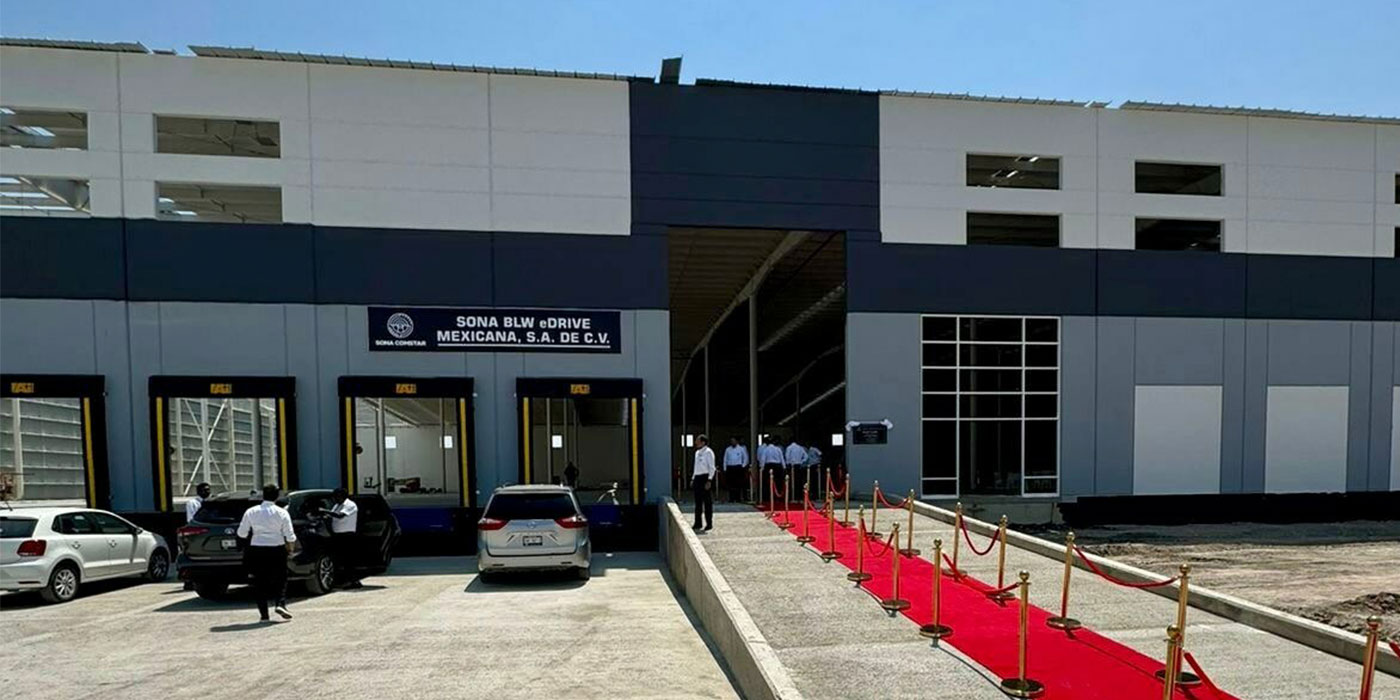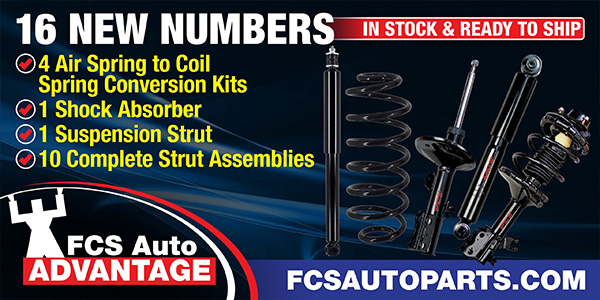 The old motto “Be Prepared” couldn’t be more appropriate for this A/C season. With rising refrigerant cost and contamination issues at the top of the list, what you do before you start an A/C service will make the difference between a successful business and a bust.
The old motto “Be Prepared” couldn’t be more appropriate for this A/C season. With rising refrigerant cost and contamination issues at the top of the list, what you do before you start an A/C service will make the difference between a successful business and a bust.
Start every A/C service order with these steps:
• Talk to the customer and understand the complaint;
• Diagnose the problem;
• Look for signs that they tried to fix it themselves;
• Test for sealant; and
• Identify the refrigerant in the system.
Leaky systems are often the main cause of poor cooling performance, so check for sealant. Many refrigerants available at retail stores are formulated with sealant to help to stop a leak. DIYers are likely to use these products, and they can ruin your recovery equipment.
Next, check the refrigerant with an SAE-certified refrigerant identifier. It not only verifies the type and purity of the refrigerant, but also tells you how much air is in the system. Today’s A/C systems leave very little room for error and just 2% of air can result in poor cooling performance. Verifying refrigerant purity can help avoid contamination of your shop’s R-134a supply and potential loss of warranty on your recovery equipment.
Finally, be on the lookout for bad refrigerant. The high price of R-134a has opened the door for counterfeit product as well as risky R-134a mixtures. Buy your refrigerant from a reputable source and always test it before you use it.
For more information, visit www.refrigerantid.com.
Courtesy of Peter Coll, national sales manager for Neutronics Refrigerant Analysis, a designer and manufacturer of advanced refrigerant analysis instrumentation the pioneer of infrared measurement technology used to identify the type of refrigerant in A/C systems.













